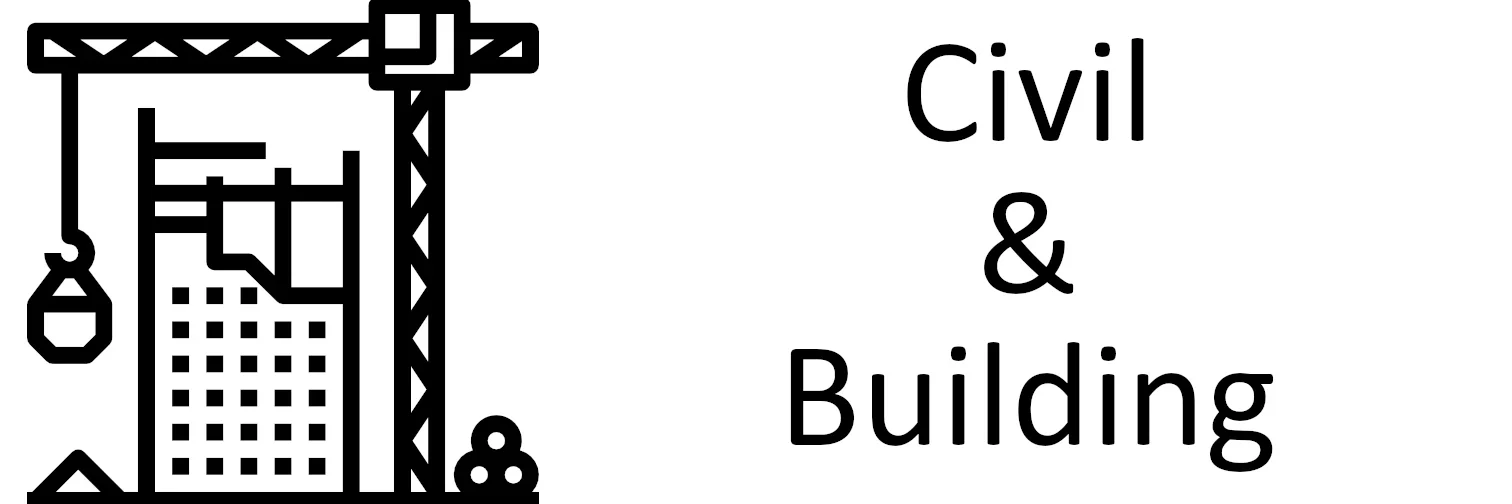Introduction
Creative enhancements of external locations is something that designers and homeowners alike are constantly in pursuit of. Recently, stamped concrete has grown in popularity as a cost-efficient expedient to spiff up dull areas. This post covers the advantages of stamped concrete, how it is installed, and where it can be applied.
What Is Stamped Concrete?
Textured or patterned concrete, also known as stamped concrete, is a method of embellishing new concrete surfaces. It displays designs, textures, and pigments that mirror material like wood, brick, stonework, or tile. Dependant on the situation, stamped concrete can grace patios, driveways, pathways, pool areas, and even internal flooring.
The Benefits of Stamped Concrete
- Diversity in Design: One of the main benefits of stamped concrete is its heterogeneity in terms of design possibilities. The user has the option of choosing an array of patterns, finishes, and colors to build their own based on their vision.
- Economical: Stamped concrete carries a more palatable price tag than other materials like natural stone or brickstone. You can obtain the same expensive outcome without breaking the bank.
- Robustness: When appropriately fitted and managed, stamped concrete is resilient and lengthy lasting. It can tolerate heavy foot and vehicular travel alongside natural elements.
- Maintaining: In contrast to natural resources that may need typical sealing or reinstatement, stamped concrete demands a clean and periodic resealing to maintain its quality.
- Personalization: Stamped concrete provides for customization on the level of choices for patterns, shades, and color combinations. This enables the user to create and acquire their desired effect based on their exclusive tastes.
How Stamped Concrete Is Installed
The procedure of setting up stamped concrete involves the following stages: - Ground Preparation: The existing ground is cautiously cleansed and prepped. This may consist of removing old concrete, remnants, or other wrapping.
- Concrete Casting: Fresh concrete is poured to the prepped groundButtermilk Rye, typically with the integration of hues to create the desired tint.
- Pattern Embossment: While the concrete is still moist, special stamps are forced on the surface to create the preferred texture and design. The stamps come in multiple shapes and sizes to form different impressions.
- Coloring: Tints or stains are spread to the surface to augment its look and simulate the desired material, whether it’s stone, wood, or brick.
- Coating: A defensive sealer is used to the stamped concrete surface to boost its durability and resistance to stains and oxidation.
Applications of Stamped Concrete
Stamped concrete can be employed in an array of inner and outer situations: - Patios and Walkways: Refurbish outdoor living spaces with beautiful concrete patios and walkways that mimic natural features.
- Driveways: Welcome guests to your home with a pleasing stamped concrete driveway that raises brows.
- Pool Decks: Make your swimming pool vicinity more inviting with aesthetic and resilient stamped concrete pool decks.
- Inside Floors: Stamped concrete is not restricted to external use only. It can also be used inside to generate attractive floor shapes.
Conclusion
Stamped concrete gives a reasonable and adjustable way to enhance the appearance of your surfaces. With its infinite design possibilities, strength, and affordability, stamped concrete is increasingly gaining more appreciation from homeowners and designers. When planning your next improvement project, take into account stamped concrete. It can air out a space and provide function in harmony.
